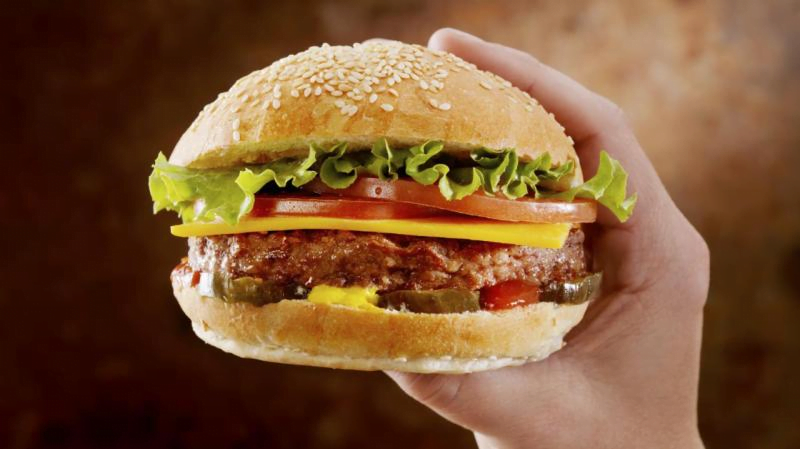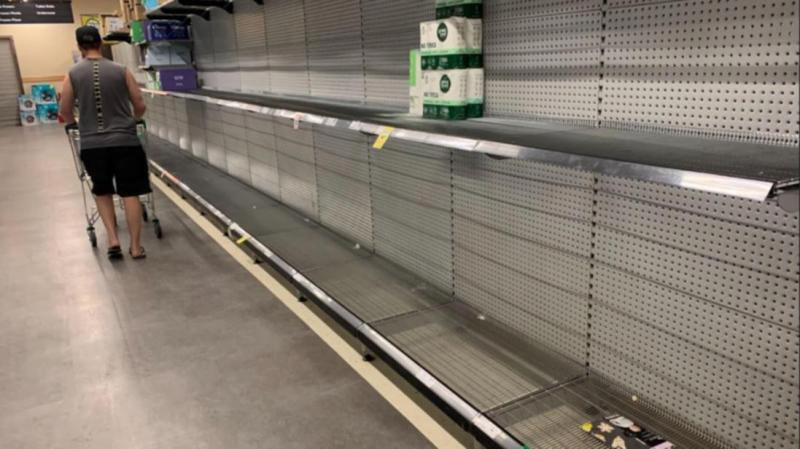According to a recent survey of supermarket suppliers, Coles has significantly closed the gap on its rival Woolworths. The Leah Weckert-led group had a substantial trading period in the final quarter of the 2024 financial year.
The latest survey from UBS analysts found that in June, Coles led in 15 out of 26 sub-categories, including competitive pricing, value for money, and catalogue effectiveness. This is an improvement from January, where Coles led in 14 categories, and a major leap from just one category in June last year.
This comes shortly after the Federal Government’s grocery monitoring report revealed that shoppers in Western Australia (WA) were paying the highest prices for basic groceries across the mainland states, with Coles being the most expensive in WA.
In March, consumer group Choice conducted a price comparison using undercover shoppers. They found that a basket of items cost $70.78 at Coles, $69.29 at Woolworths, and $52.52 at Aldi.
On Monday, UBS analyst Shaun Cousins noted that Coles had a favourable trading period in the fourth quarter of fiscal 2024. Feedback from suppliers showed that the percentage of those who thought Coles had the better trading period from April to June more than doubled to 41%.
“Coles closed the gap to Woolworths again in January 2024 and maintained this in June 2024, now matching the Woolworths average,” Mr Cousins said.
UBS forecasts that Aldi will gain market share over the next six months, while IGA will likely lose share. This would reverse trends seen during the COVID-19 pandemic when cost-of-living pressures boosted Aldi’s market share beyond pre-pandemic levels.
UBS predicts that Aldi and Coles will gain market share, while IGA and Woolworths will likely lose share. Despite a positive outlook for supermarket revenue, growth is not expected to be as robust as in previous years. UBS expects gross margins to expand, though at a slower rate, and cost-of-doing-business pressures to ease this financial year.
The survey also showed that market growth expectations for the next 12 months have slowed to about 1.6%, down from 1.8% in January. Price inflation expectations rose slightly to 2.3% in June, compared to 1.7% in January, but were lower than the 4.8% in June last year.
Mr Cousins highlighted that price inflation is expected to be lower for dry grocery items (1.4%) than fresh items (2.5%), with supply volatility driving fresh inflation.
Adding to fresh inflation concerns, suppliers are less confident that they can pass on cost increases in dry groceries, such as pasta, rice, sugar, and coffee, as they did in the late 2010s and early 2020s.
“Suppliers are finding it more difficult to pass on higher costs,” Mr. Cousins said. “They expect consumers to trade down to smaller pack sizes and private labels due to ongoing price inflation.”
Earlier this year, Bunnings replaced Woolworths as Australia’s most trusted brand, ending Woolworths’ three-and-a-half-year reign. A Roy Morgan survey in March highlighted the scrutiny both major supermarkets have faced over their pricing practices amid elevated inflation.
For the latest retailer news and information, check out the IndiHub website or to speak to us about how we can help your business contact us.


